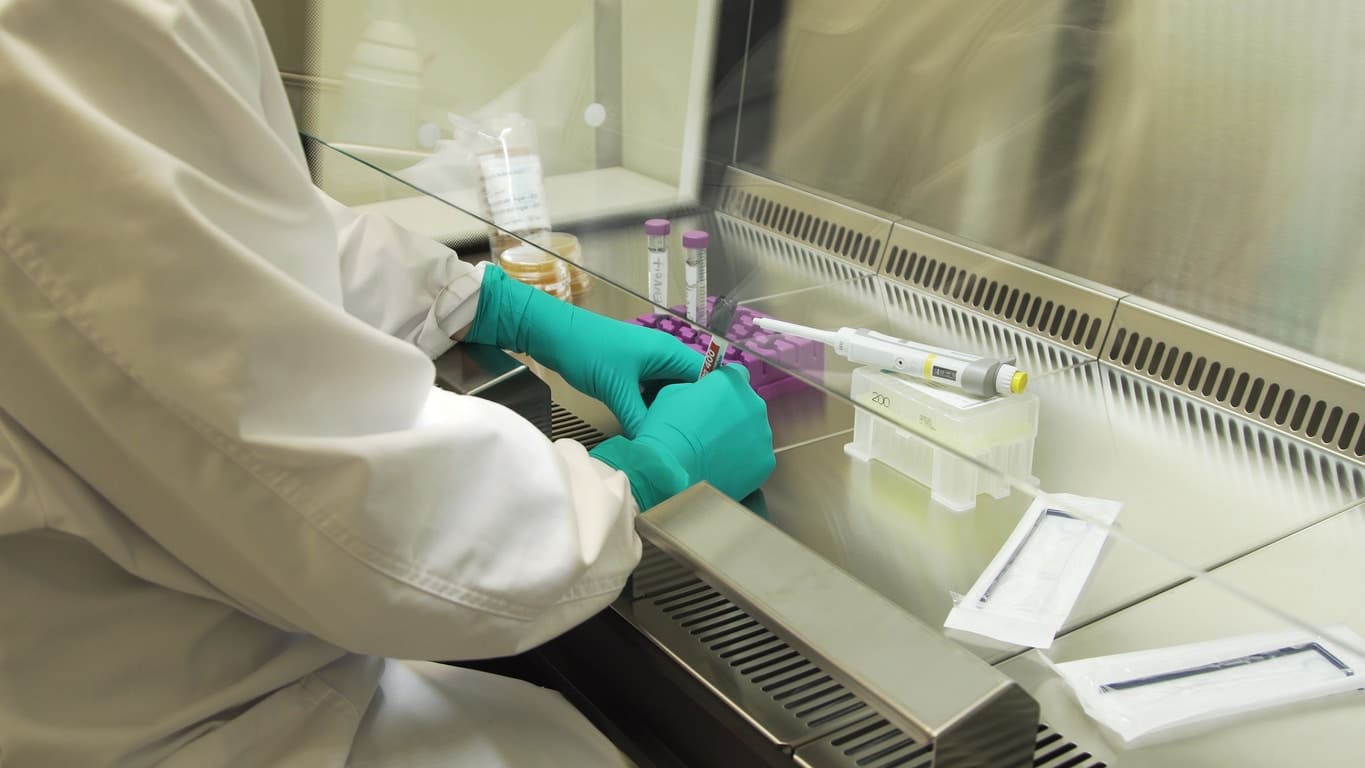[vc_row][vc_column][us_image image=”9854″ size=”medium” align=”center”][/vc_column][/vc_row][vc_row][vc_column][vc_column_text]Moisture content and water activity are two essential factors to consider when gauging the quality and preservation of cannabis. Understanding the difference between these two measurements can help cannabis cultivators, manufacturers, and consumers ensure that their products are of the highest quality.
Measuring moisture content and water activity in cannabis is an important aspect of ensuring the quality and safety of the packaged product. While these two terms are often used interchangeably, they are distinct metrics that provide different information about the plant. Understanding the difference between moisture content and water activity in cannabis can help cultivators ensure they are selling a safe product for long-term storage.
Moisture content measures the amount of water present in a sample of cannabis. This is typically expressed as a percentage of the total weight of the sample, including the water and the dry matter. High moisture content in cannabis can lead to a variety of issues, including mold and bacteria growth, reduced shelf life, and loss of potency. On the other hand, too little moisture can cause a plant to become brittle and less desirable.
In general, cannabis products should have a moisture content between 10 and 15 percent to prevent mold growth and ensure proper preservation. It is important to maintain the proper moisture content and water activity in cannabis products to prevent degradation and ensure their quality. To achieve this, cannabis cultivators and manufacturers must carefully monitor and control the moisture levels during the drying and curing process. This can be achieved through the use of humidity-controlled drying rooms, dehumidifiers, and proper storage conditions.
Water activity, on the other hand, measures the availability of water in the sample for microbial growth. It is typically expressed as a decimal value between zero and 1, with zero representing the absence of water and 1 representing saturation. Water activity is crucial because it directly affects the ability of microorganisms to grow and thrive in the sample. A cannabis sample with high water activity is more susceptible to mold and bacterial growth, while a sample with low water activity is less likely to support microbial growth.
Understanding the difference between the two metrics ensures both a good harvest and a safe product. For example, a cannabis sample with high moisture content may not necessarily have high water activity if the water is tightly bound to the plant material and not readily available for microbial growth.
Measuring Water Activity vs Measuring Moisture Content
Another difference between the two metrics is how they are measured. Moisture content is typically measured using a moisture analyzer, which uses a variety of techniques, including infrared spectroscopy, to determine the amount of water in the sample. Water activity, on the other hand, is typically measured using a water activity meter, which uses a sensor to measure the vapor pressure of the water in the sample.
Water activity(aw) is a numerical value that represents the water vapor pressure of a substance in relation to the vapor pressure of pure water at the same temperature. It is commonly used to assess the stability and shelf-life of products, including cannabis flower.
To measure water activity in cannabis flower, a specialized instrument known as a water activity meter is used. These meters use sensors to measure the relative humidity of the air surrounding the flower, which is then converted into the water activity value.
The ideal water activity level for cannabis flower is between 0.55 and 0.65. A value within this range ensures that the flower is dry enough to prevent mold growth, but not so dry that it becomes brittle and prone to breakage.
Cannabis flower with a water activity level outside of this range is at risk for various quality and safety issues. Flower with an activity value above 0.65 is at risk for mold growth and bacterial contamination, while flower with an activity value below 0.55 may become dry and brittle, leading to loss of potency and decreased shelf-life.
Conclusion
In conclusion, moisture content and water activity are two important metrics for measuring the quality and safety of cannabis. While they are often used interchangeably, they provide different information about the plant.
Understanding these two metrics and how they are different will lead to better harvests and safer packaged products.
ARES Scientific carries moisture analyzers from Ohaus. In addition, we carry benchtop laboratory equipment, WavDri drying trays from Metro, scales from Ohaus, glassware and equipment washers from Miele, and much more.
Contact today for your facilities equipment needs![/vc_column_text][/vc_column][/vc_row]




